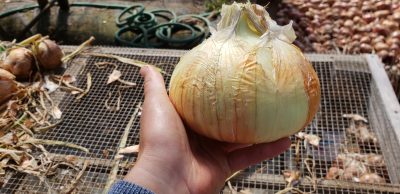By Reiden Gustafson
Fall is in the air and in less than a month I’ll be returning home to Portland. With the season slowly coming to an end, I’ve begun thinking about which aspects of the farm I’ll miss most. For example, I’ve come to love taking outdoor naps at lunch, seeing stars on clear nights, the low-hanging fog on the hills in the morning, and of course the goofy group of apprentices I’ve spent the last five months living and working with. Last but not least, there’s Rey…

Rey was found on the side of Horton Road the day before the summer solstice (hence the name “Rey”). He weighed just over a pound and wasn’t yet able to drink milk on his own. Soon after he came to live with us on the farm he got sick, really sick. So sick in fact that he temporarily lost both his vision and hearing.

Thanks to a quick round of antibiotics, Rey’s was eventually able to see and hear again and it was at this time that his true and rambunctious nature became apparent. Rey now eagerly follows us to work in the fields. He chases leaves while we’re in the greenhouses and he explores the tool shed when we’re nearby washing vegetables. As with many kittens his age, he is extremely fascinated by anything and everything that crosses his path.


Today it’s obvious that Rey thoroughly enjoys his life on the farm. He has a giant barn and several sheds to explore, acres of fields to run through and a plethora of mice to chase. Horton Road Organics has it all! So the next time you eat some Horton salad, one of our onions, or a beet, you can think of the black kitten who was there supervising our harvest efforts from a distance. For me, his presence around the farm has been a pleasant reminder of what it can look like to live in the moment and enjoy life to the fullest.

Reiden is a first year apprentice at Horton and can be found at the Amazon Park farmers market every Thursday. Having been born on the Oregon coast and then spending most of her life living elsewhere, Reiden is happy to once again be back in the familiar and beautiful coastal range.
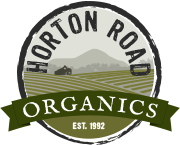
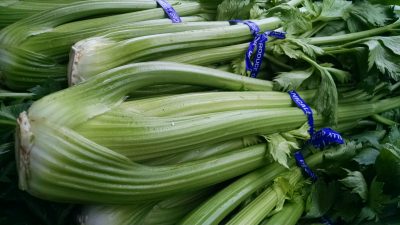
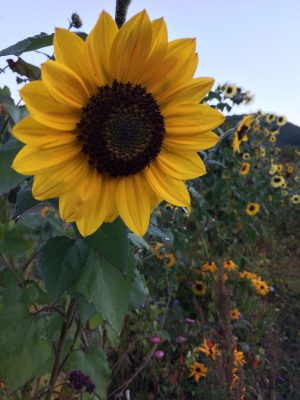



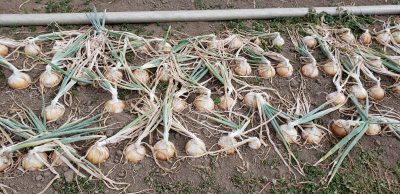



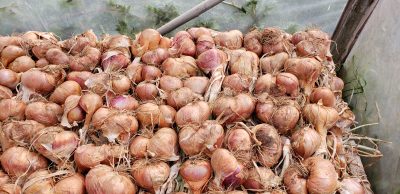
 Our onions and shallots will stay here for the next couple weeks as they continue to dry.
Our onions and shallots will stay here for the next couple weeks as they continue to dry.
